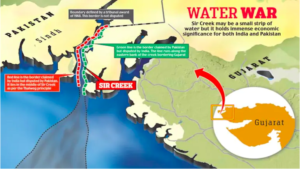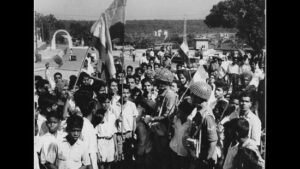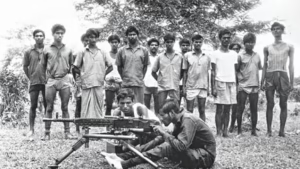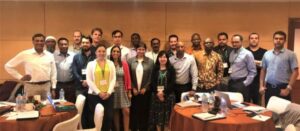The Ken-Betwa Link Project represents a pivotal step towards addressing the water scarcity issues in the drought-prone regions of Bundelkhand. The project holds immense promise in terms of economic development, irrigation, and energy generation, but it also presents significant environmental and social challenges that must be carefully managed.
For UPSC aspirants, the Ken-Betwa Link Project is a key case study in understanding the complexities of sustainable development, water resource management, and the challenges of balancing economic growth with environmental conservation and social equity. The project exemplifies the challenges and opportunities of large-scale infrastructure projects in India, and understanding its nuances is critical for aspirants aiming for a career in civil services.
By critically analyzing both the benefits and impacts of the project, candidates can better appreciate the multi-dimensional nature of governance and policy implementation, while staying informed on one of India’s most ambitious and controversial water resource projects.









